Unique Sustainable Architectures Around The World
In the face of an increasingly severe climate change crisis, architecture, like all other aspects of modern life, needs to be changed day by day to become more sustainable.
The fact that construction and architecture themselves contradict to the nature environment requires architects to work even harder to create smarter architectures in order to meet users’ needs and remain both aesthetic & environment-friendly.
Belows are a few sustainable but equally unique buildings that will surely excite people:
The fact that construction and architecture themselves contradict to the nature environment requires architects to work even harder to create smarter architectures in order to meet users’ needs and remain both aesthetic & environment-friendly.
Belows are a few sustainable but equally unique buildings that will surely excite people:
1. Ilulissat Icefjord Centre, Greenland
Designed by Danish architect Dorte Mandrup, this new climate research center is part of a UNESCO-protected area on GreenLand Bay. This is also home to the Sermeq Kujalleq glacier - the fastest-moving and most active glacier in the world. Source: Getty Images
Source: Getty Images
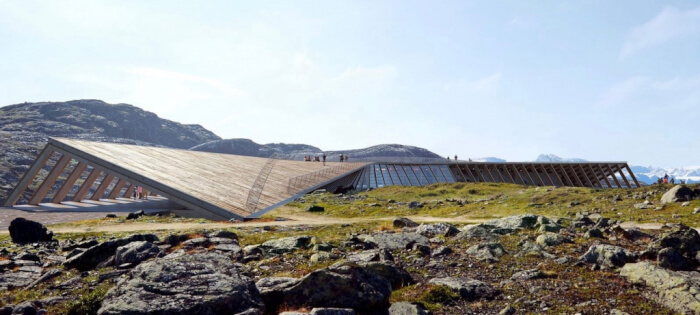 Source: Getty Images
Source: Getty Images
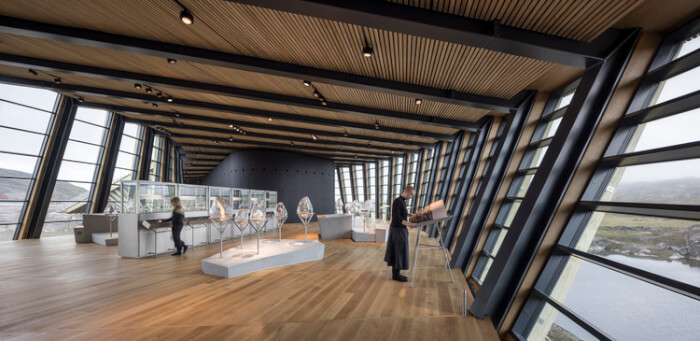 Source: Getty Images
Source: Getty Images
2. SFER IK Museum, Mexico
The gallery is located on the grounds of an ancient Mayan village in Yucatán. It took 9 months for the gallery to be built and it has attracted the attention of many visitors thanks to its sustainable design and the meaning it conveys: jungle through the aesthetic eye.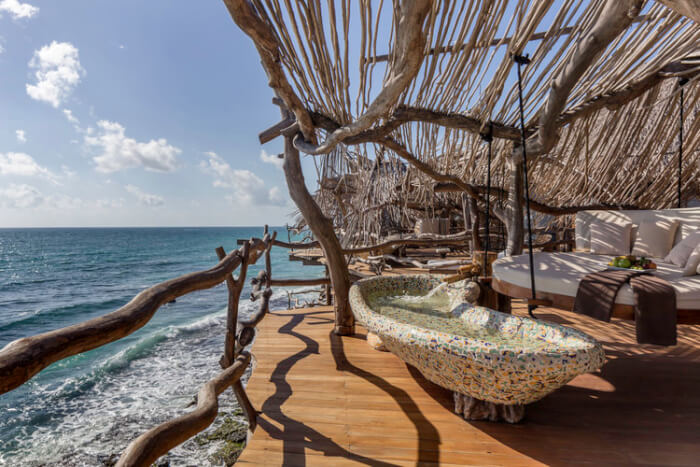 Source: Getty Images
Source: Getty Images
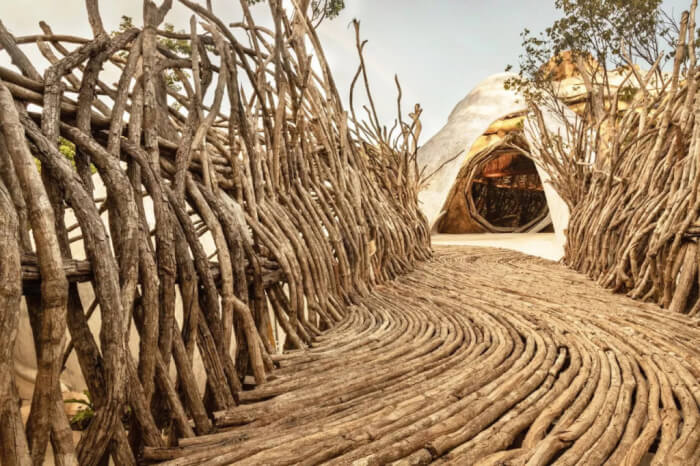 Source: Getty Images
Source: Getty Images
 Source: Getty Images
Source: Getty Images
3. HiLo Nest Research Building, Switzerland
This dome is installed on the roof of the research center NEST, Switzerland. It is is dome-shaped, ultra-thin, 7.5m high and has a curved surface area of 160 square metres, built by 3D printing technology with concrete material sprayed onto a steel mesh frame. Source: Getty Images
Source: Getty Images
 Source: Getty Images
Source: Getty Images
 Source: Getty Images
Source: Getty Images
4. TECLA 3D Printed House, Italy
Tecla is the world's first house built entirely using 3D printing technology with raw earth materials. It took only 200 hours to complete the house. Source: Getty Images
Source: Getty Images
 Source: Getty Images
Source: Getty Images
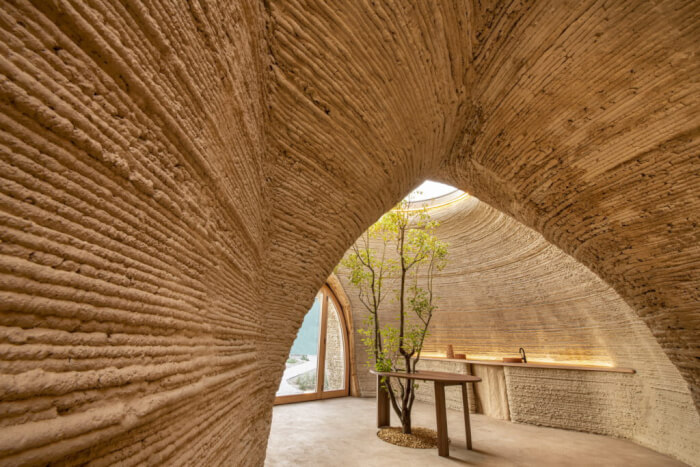 Source: Getty Images
Source: Getty Images
Share this article
Advertisement